Date: 31st October 2010
Posted in: Blog
What are the dimensions and materials for a plice?
As well, to anyone who's made one, I'd love to hear any construction advice — although it looks fairly simple.
Does non-treated wood hold up?
I might try both wider rails and smaller rails in-between, so that I can choose either an easier or a harder "route."
Also, Will (or anyone familiar): Do you think I could screw on some Ice Holdz (I have 5 or 6). Would they last outside?
Great post!
James
The plywood is 3/4 inch. Cut in half for the 16 foot height. The ply was bought at Lowes and they cut the ply in half for free. Their rac saw cuts a lot straighter than I do. Helped getting it home and easier to handle. I shorted the plywood 2 inches at the top and drilled 1 inch holes in the side rails for tying into the tree and possible add ons for making it overhang. Side rails are 16 foot 2/4's. Risers are 1×3's 2 feet wide. Holes are 1 inch. I drilled three at each step, slightly into the risers. As Will advised, this is key. Helps to keep you from coming off. Screws are 1 1/2. A small box if you don't have any around the house. As far as lasting, I'll probably put a coat of primer on to add life. Don't know about the Ice Holdz. A thought. Anchoring to the tree. I used a piece of 10.6 mm rope, looped around and tied twice and tied tight. If you are uncertain about this ask for assistance. Easy enough but thata's the key to the whole thing. The whole thing assembled could be considered heavy and trying to push it off of you could be troublesome.The possiblities for a work out are endless. Be creative. Be safe. Plice is good!
Awesome — thanks for the beta, Jake! It was very useful.
James
Will,
Thanks for the posting. My climbing partner and I (in Lethbridge) built one in our back yard in a few hours to get ready for our season in Waterton. Great fun! If you can send me an email to brad.hagen at uleth.ca, I'll send you a photo! (couldn't figure out a way to attach a photo to this blog)
Thanks again,
Brad.
I'm more than happy to hear your thoughts on what I've written. Please note that all comments will be moderated before publishing. Thank you for joining the conversation.



